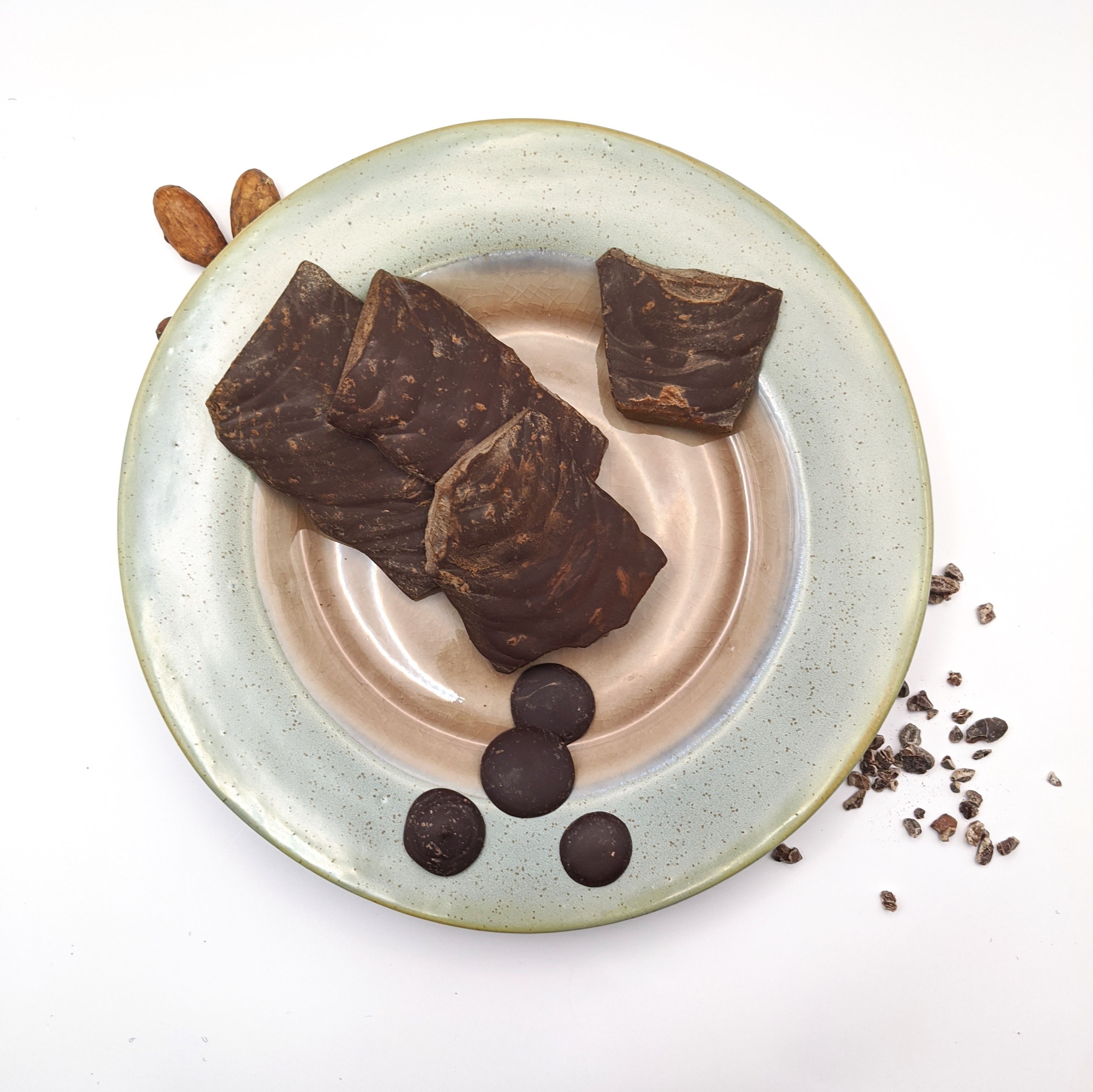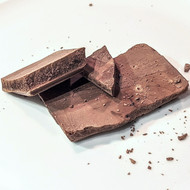Fat Blooming and Sugar Bloom in Chocolate
Jul 13th 2023
Difference between Cocoa Butter Fat Blooming and Sugar Bloom
Chocolate is one of the most beloved desserts around the world, and it's easy to see why; its creamy texture, subtle sweetness, and satisfying crunch in savory recipes make it a favorite.
Chocolate making is both an art and a science, but even the finest chocolates can be ruined by fat bloom or sugar bloom. If you're a chocolate maker, it's important to understand what fat and sugar bloom are, why they happen, and how to prevent them from ruining your chocolates. Cocoa butter fat blooming and sugar bloom can significantly change the texture and taste perception of your treats.
In this blog post, we will touch on what exactly these two things are, how you can tell them apart, why it matters for bakers, and ways to avoid these problems altogether. All so that you can ensure any chocolate treats you make turn out deliciously each time!
What is cocoa butter fat blooming?
Cocoa butter fat blooming is a condition in which cocoa butter separates from cocoa solids in the chocolate and rises to the surface due to its lower density, leaving a white film, swirls, or spots on the chocolate. This can occur when chocolate is either not tempered well, subject to temperature swings, or also being stored at high temperatures for too long.
The cocoa butter will form layers between the other ingredients in the chocolate, creating an uneven texture that can be gritty or sandy. Blooming cocoa butter fat is not only ugly, but it can also change how you enjoy your chocolate, as it is not smooth anymore. Luckily, this issue is considered more cosmetic than anything else, so chocolate makers or bakers have options when dealing with this problem. It just needs to be melted and tempered again. Voila! You can have a shiny and snap-sounding chocolate bar again.
What is sugar bloom?
Sugar bloom is a common issue that affects chocolates and desserts containing them. Sugar bloom occurs when chocolate is stored in a humid environment, such as a refrigerator. In such conditions, moisture accumulates on the chocolate's surface and extracts the sugar within it. As the moisture subsequently evaporates, it deposits white sugar crystals, creating a visible coating on the chocolate's surface.
The result is an unsightly white film, or "bloom," appearing on top of your final product. Although it does not affect flavor, sugar bloom can significantly change the texture of your treats; they often become grainy or crumbly after being exposed to moisture. This problem can be easily avoided by ensuring recipes are properly sealed and stored away from humidity sources such as steam ovens and water baths during production processes.
Sugar bloom takes place when moisture comes into contact with solidified sugar particles on the surface of chocolates or desserts containing them. This causes sugar granules to dissolve and become sticky before crystallizing again over time, resulting in a whitish streak or "bloom" appearing on top of your product.
Sugar bloom does not affect flavor, but it does negatively impact texture. Products impacted by sugar bloom often become grainy or crumbly after they've been exposed to moisture. To prevent this problem from occurring, bakers must ensure their recipes are properly sealed and stored away from sources of humidity like steam ovens and water baths during production processes.
Telling the difference between the two

The difference between cocoa butter fat blooming and sugar blooming can be determined by examining the product's appearance. Cocoa butter fat blooming will appear as a white film or spot on the surface of the chocolate due to cocoa butter separating from other components.
Sugar bloom appears as a white film or "bloom" caused by solidified sugar particles dissolving into moisture and crystallizing again over time. In both cases, these issues are considered aesthetic problems and will not significantly alter the flavor. However, they do impact texture, with products affected by either issue crumbling when touched after being exposed to humidity.
Chocolate makers must also familiarize themselves with best practices in terms of storage temperatures and environmental conditions during production processes. This will help prevent either issue from occurring in their goods.
Why does it matter?
It is crucial to be aware of the causes and effects of cocoa butter fat blooming and sugar blooming, as they can significantly impact the final product’s appearance. Not only is the sight of these aesthetic issues unappealing, but they also affect the texture. For customers it is difficult to understand that the blooming des not mean the chocolate is bad or old, and this might affect customer satisfaction.
Chocolate makers and anyone using chocolate should ensure proper management processes, such as storage temperatures and humidity levels. Doing so will help ensure that their goods remain aesthetically pleasing, flavorful, and texturally sound for consumers.
Tips to prevent fat blooming and sugar blooming in chocolate.
To prevent fat blooming and sugar blooming in chocolate, chocolate users must ensure they are aware of the environmental conditions necessary for producing quality chocolates.
Temperature
The temperature used in production should be monitored carefully, as temperatures exceeding 32°C can cause cocoa butter to separate from other components on the product's surface. The ideal temperature to store chocolate should be consistently around 15°C to 18°C (59°F – 64°F).
Humidity
Bakers should also maintain low relative humidity levels, as high humidity can encourage sugar crystals on top of chocolates to dissolve into moisture and crystallize again over time, resulting in a white film or “bloom” appearing atop your treats. The relative humidity needs to be kept below 55%.
Molds were too hot or too cold
When making chocolate, one of the issues while tempering is that when pouring the tempered chocolate into the molds, these molds are either too hot or too cold. The temperature difference will make that the chocolate will be out of temper and start blooming.
Proper sealing and storage
Finally, it is important that recipes are properly sealed during storage processes to avoid water condensation or humidity issues. By following these best practices during production, chocolate makers will help ensure their goods remain aesthetically pleasing.
Is the chocolate still good and safe?
Chocolate is still safe to consume even if it has been affected by fat blooming or sugar blooming. However, the desired characteristics, such as shine and snap, may be absent.
In order to restore these qualities, chocolate must be retempered. Retempering involves heating and cooling the chocolate in a specific way so that stable cocoa butter crystals can reform. This process requires careful monitoring of temperature throughout in order to ensure that all components are correctly combined.
Once tempered correctly, chocolates will exhibit glossy surfaces with satisfying "snap" sounds when broken apart, indicating that they have been properly treated for consumption.

